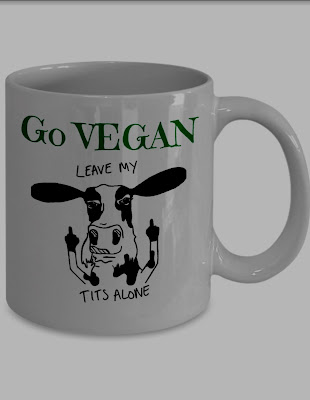RETURN TO EARTH
According to the Food and Agriculture Organisation of the
United Nations (FAO), roughly one-third of the food produced in the world for
human consumption, approximately 1.3 billion tons is wasted every year.
The data shows that fruits and vegetables, plus roots and
tubers have the highest wastage rates of any food. This includes around 1.7
trillion apples alone. Global quantities wasted per year are roughly 30% for
cereals, 40-50% for root crops, fruit and vegetables, 20% for oil seeds, meat
and dairy plus 35% for fish.
Food losses and waste amounts to roughly US$ 680 billion in
industrialised countries and US$ 310 billion in developing countries. In
developing countries 40% of these losses occur at post-harvest and processing
levels while in industrialised countries more than 40% of losses happen at
retail and consumer levels.
The FAO goes on to state that if just one-quarter of the
food currently lost or wasted globally could be saved; it would be enough to
feed 870 million hungry people.
What can we as individuals do about this? Ironically large
quantities of food are thrown out at the retail stage due to quality standards,
due to the appearance of the produce. It may be too big, too small, not
straight enough, too straight, too many blemishes or just odd looking. What is
this world coming to?
I guess we only have ourselves to blame for being overly
fussy, but we as householders are still wasting food that we have purchased.
Per capita waste by consumers is between 95-115 kg per annum in Europe and
North America, while consumers in sub-Saharan Africa, south and south-eastern
Asia, throw away only 6-11kg a year.
Whilst this is a huge global political issue, I can’t help
thinking that each and every householders needs to take ownership of its own
waste and do something positive with it. This is where home composting or council
recycling must take place. At the very least this will enable each and every one
of us to see firsthand the amount that we waste. Some of this waste may be natural wastage,
such as vegetable peeling, apple cores and orange skins, but it can all be put
to good use.
Just think how you realised how much paper, plastic and tins
you threw out, when you (hopefully) started recycling these items. The same
will be the case with food, albeit on a slightly smaller scale as less volume
is involved.
You can compost all your vegetable and food waste, the
majority of what falls into the category of carbohydrates, including anything
made of flour, such as bread, pasta and cookies, and grains, for example rice,
coffee grounds and teabags. If you are a wholefood plant based vegan, then
there is not a lot that can’t go in. The main things that have to be avoided
are animal products including all meats, fish, all dairy and fats and oils.
They take forever to breakdown, attract vermin and end up stinking.
If you are currently throwing these items into your
household rubbish bin and sending it to landfill, then you will be contributing
to an ever increasing environmental problem. In landfill, organic waste decomposes
without oxygen due to the volume of waste, resulting in odorous gases and methane,
which has a potential warming potential 25 times greater than carbon dioxide.
Organic waste in landfill also produces leachate, a liquid
substance that is created as organic material decomposes. This leachate
includes harmful substances and can get into and pollute groundwater and
waterways.
This should hopefully have set the scene as to why we need
to compost and I will be back shortly with advice on how to turn your kitchen
waste into black gold for your garden.
























